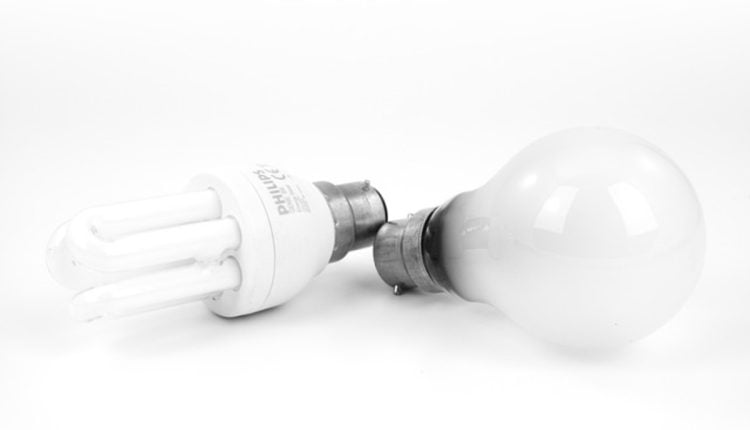It is essential to have adequate lighting in every workplace, whether a substantial commercial building with an open floor plan or a small home office, so workers are productive and safe.
Because maintaining some workplace lighting fixtures constantly can be expensive, so choosing these lighting elements will also affect your bottom line. Before designing and installing a lighting plan in any office area, consider the factors listed below.
The first thing to do is consider the optimal performance-to-cost ratio for your lights. LED lighting is one product that successfully combines the two, and many others like it are available today.
This form of lighting may need a substantial initial expenditure, but it more than pays for itself in the long run. First, you can save a lot of money over time on your energy bills because these lamps use so much less power than conventional bulbs.
It’s also worth noting that, unlike other energy-saving bulbs, LEDs, like an LED bulkhead light fitting, won’t need to be replaced as often. This should be given great attention in the office, where frequent bulb replacements can be expensive and inconvenient.
When a crucial office lamp breaks, locating a suitable replacement may take some time. This can put workers at a significant disadvantage. Because of the importance of worker safety in the workplace, dependable alternatives like LED bulkhead light fittings may be required in some settings.
The next thing to consider is the type of lighting employees will use. There are many bulb varieties, each producing light of a unique hue and “temperature,” or degree of warmth. There are a lot of workplaces where this may make a massive difference for the employees.
The exceptionally ‘cool’ temperature of Natural White or Daylight quality lamps makes it possible for the human eye to make out all relevant details in a working setting when such attention is required. CFLs and LEDs, both energy savers, may provide light of this color temperature.
Cool White or White lights are frequently suitable for everyday work conditions and are bright enough to view fine detail. Home interiors and break rooms at the office are two examples of places where warmer temperatures are preferable since they are not as crucial to productivity as seeing fine details with the naked eye. LEDs and compact fluorescent bulbs (CFLs) also offer various color temperatures.
Designers of office lighting often fret over how to ensure that lights are turned off at the end of the workday in the interest of conserving power. With the help of sensors, it is possible to turn on the office lights just when needed.
A compact fluorescent lamp (CFL) or an LED bulkhead light fitting that turns on and off automatically when it detects motion is impractical in an office setting and can disturb workers. Instead, you might think about installing a timer to make sure all the lights go out when you leave for the day.
Finally, consider installing spotlights at each desk so that workers may direct light where needed most. A desk lamp with a long-lasting, low-energy bulb can be all needed for this.
Specializing in LED and Energy Saving Light Bulbs, Saving Light Bulbs is a company established in the United Kingdom. The staff at Saving Light Bulbs, who have experience in both e-commerce and chandelier lighting, know that each customer needs a unique bulb design to achieve desirable aesthetics and long-term cost savings. Therefore, Saving Light Bulbs provides a thorough service that caters to each client’s individual requirements and financial constraints, with proposals supported by a description of the expected return on investment. To further assure that the bulbs they sell are both practical and of high quality, Saving Light Bulbs collaborates directly with manufacturers. To shop online, go to
Read also: Precisely What is Radiation and Is It Unsafe?


